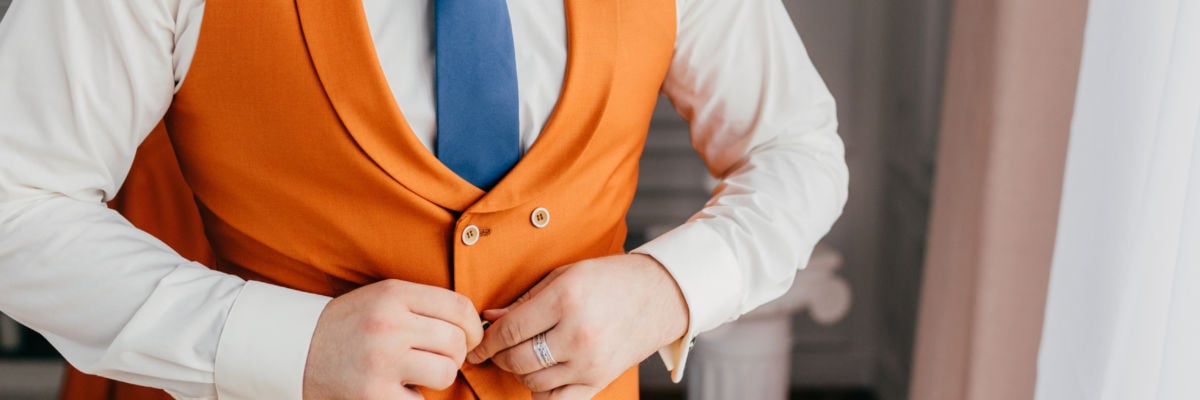
St. Patrick was born in 385 into a high-ranking Roman Christian family in western Britain; he died in Ireland in 461, though some accounts put his death later. His grandfather was a priest, and his father, a deacon, was a prosperous nobleman and a local Roman official. The family’s native language was Latin.
Patrick writes that as youths he and his companions “turned away from God, did not keep his commandments, and did not obey our priests, who used to remind us of our salvation” (Conf. 1). His youth ended abruptly when, at age sixteen, he was kidnapped by Irish pirates and sold into slavery, being assigned to work as a shepherd. This revolutionized his life. His faith and zeal for God were ignited, and he spent much time praying and fasting.
After six years, he escaped, led by private revelations along a safe route back to Britain. In another revelation, he was commissioned to serve as a missionary to Ireland. To prepare, he traveled to France and spent two decades as a monk—studying, praying, and practicing penance.
He was ordained to the priesthood and in 432 was sent to Ireland to serve Palladius, who had been consecrated bishop by Pope Celestine. When Palladius died on a trip to Britain, Patrick was chosen as his successor and was consecrated bishop by Germanus, the papal representative overseeing the Irish mission.
Patrick experienced enormous success in converting the Irish, and three assistant bishops from France were sent to help him, among them Sechnall (AKA Secundinus). Within his generation, the Irish had been transformed by God’s grace into a Christian (and Catholic) people. In 441, Patrick went to Rome to seek approval of his ministry in Ireland, and the newly elected Pope Leo the Great confirmed Patrick’s full adherence to the Catholic faith.
This is significant, since today, some assert that Patrick was not even Catholic! The challenge is made mainly by Irish Americans who were brought up Protestant or who have abandoned the Church for Protestantism and wish to co-opt Patrick and represent him as a non-Catholic figure.
This is an impossible task, as Patrick was a Latin-speaking Roman noble, the grandson of a Catholic priest; he was a man who had repeated private revelations, practiced penance (a very Catholic thing), spent two decades as a monk, was ordained a priest, was sent to serve on the papal mission to Ireland, was ordained bishop by a papal representative, and had his fidelity to Catholic teaching specially confirmed by Pope Leo the Great (of whom the fathers of the Council of Chalcedon cried, “Peter has spoken through Leo!”). Patrick described himself as a Catholic, and a list of canons he drew up for the Church in Ireland commanded that any dispute not resolved on a local level was to be forwarded to Rome for decision.
The two writings of his that survive, his Confession and the Letter to the Soldiers of Coroticus, both attest to his Catholic faith.
The Letter—which Patrick wrote in a blazing fury after some of his newly baptized converts had been slaughtered during a raid by a British ruler—records his belief in the episcopacy, the ministerial priesthood, confirmation, the value of monks and nuns, purgatory, priestly absolution, and “doing hard penance” (the last two, he said, the murdering soldiers needed). His later Confession has a mild tone (not being a response to a massacre) and mentions many of the same Catholic distinctives, as well as fasting, loss of salvation, and Patrick’s private revelations.
Another important source for Patrick’s Catholicity is a Latin hymn written in praise of him by his assistant bishop, Sechnall, who records many of Patrick’s beliefs, among them the sacrifice of the Mass, merits, the fact the Church is built on Peter, and baptismal regeneration.
Any claims from the disgruntled that Patrick was not Catholic are just blarney.



